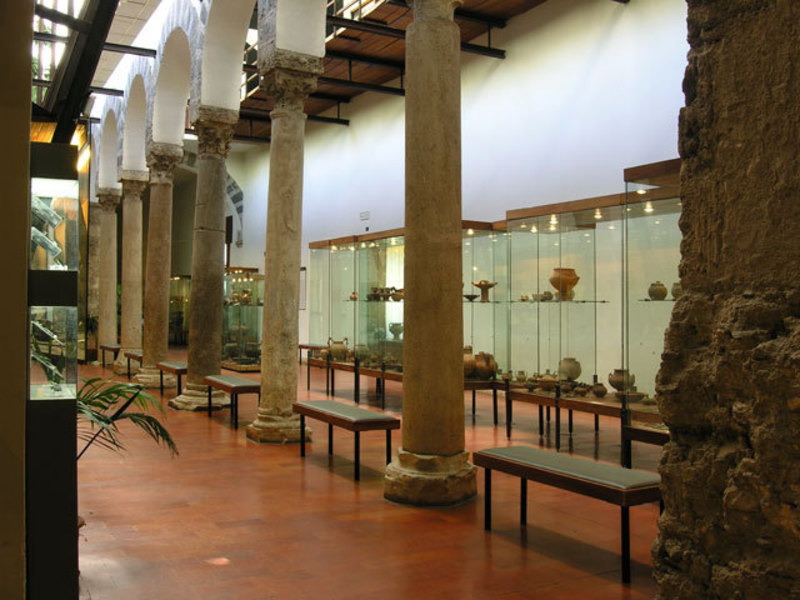Provincial Archaeological Museum
Open to the public in 1927, from the 1964 it is housed in the former convent of the church of San Benedetto. The structure housed a courtyard surrounded by a portico of which the vestiges and some columns probably coming from the forum can be observed, it was partially demolished due to the construction of via S. Blessed. On the outside, the arch and the […]

Open to the public in 1927, from the 1964 it is housed in the former convent of the church of San Benedetto. The structure housed a courtyard surrounded by a portico of which the vestiges and some columns probably coming from the forum can be observed, it was partially demolished due to the construction of via S. Blessed. Outside, the arch and corbels relating to Castelnuovo diMargherita of Durazzo.
In the lapidary-garden, there are numerous statues, reliefs and honorary tombstones coming mainly from Roman Salerno. Downstairs, instead, the main cultural currents of Campania and especially of the province of Salerno are shown, since’Iron age. The grave goods found in the tomb are very important Roscigno, datable between the end of V and the beginning of Sixth century B.C.., whose main exhibits are a kantharos in silver and a crown in silver and gold. Of exquisite workmanship are a series of amber necklaces, with ivory and glass paste. Also important is a tomb found in Oliveto Citra in 1929, whose excavation has been completely rebuilt.
Upstairs are the remains from Salerno, from the pre-Roman center of Fratte, up to the Lombard period. During the reorganization of the museum deposits, Many oil lamps have been found referable to a shop dated between I and the 2nd century BC.. The highlight of the museum is a bronze head from the Greek age depicting the god Apollo, entangled in 1930 in the nets of a fisherman from Salerno. In the story The miraculous catch of fish the 5 May 1932, Ungaretti tells of the recent discovery of Apollo's head and the poet's visit to the museum itself.

